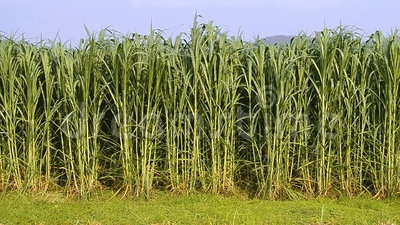General Information
Bajra or pearl millets is grown for grain as well as for fodder purpose whereas Napier or elephant grass is mainly cultivated as forage crop. Napier-bajra is hybridization between bajra and elephant grass. This hybrid increases number of tillers thus yield, quality of forage also minimize risk of becoming weed in case of napier. After plantation, it give yield continuously upto 2-3 years.




















